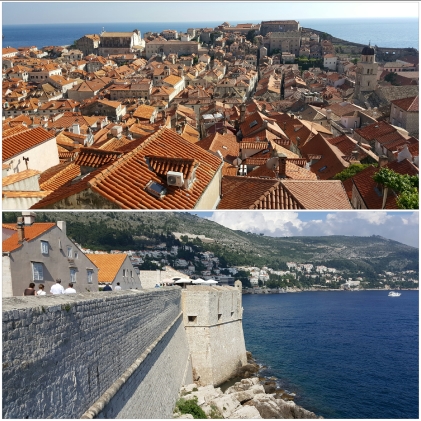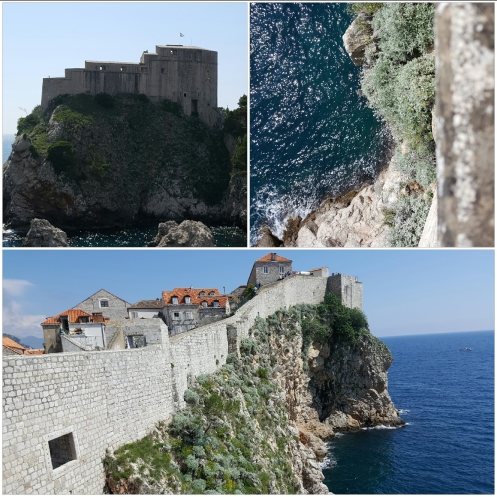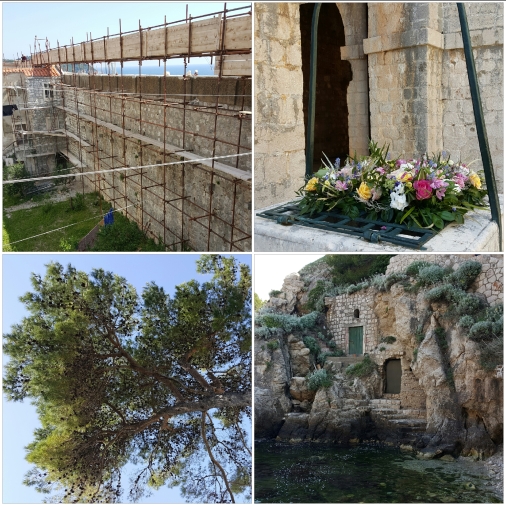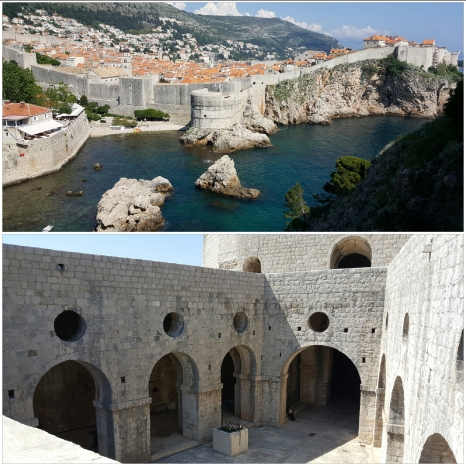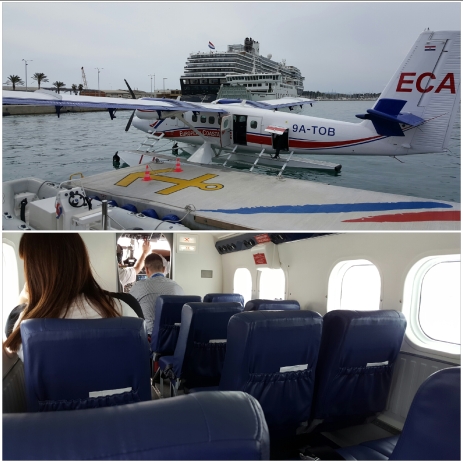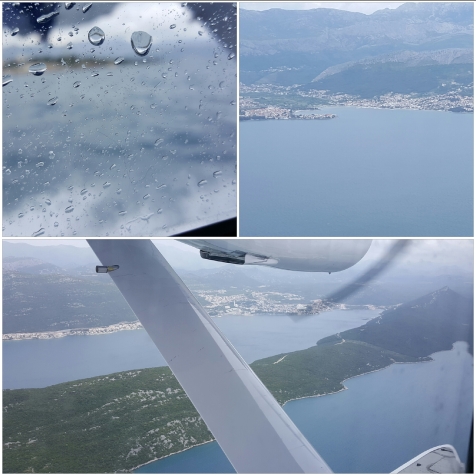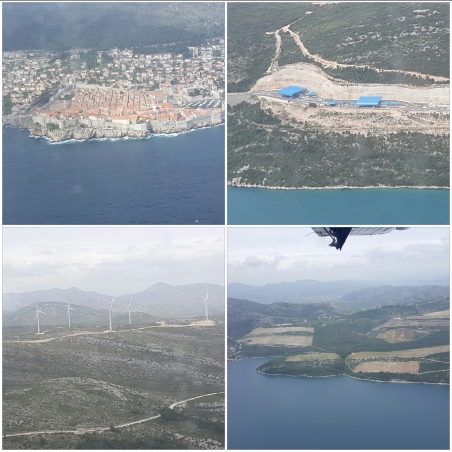Lokrum Island is only 10 minutes by ferry from Dubrovnik’s Old Harbor but manages to completely leave the city behind. The noon sailing was packed and we sat on the boat’s edge looking down over the water.
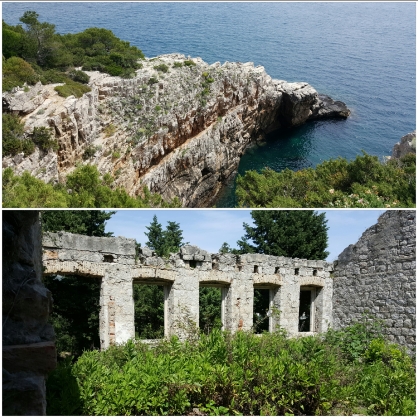
Lokrum is protected as a forest reserve and holds a few ruins – it was once home to a monastery and a fort was built on the highest point in the 1800s. Now, however, legends declare the island is haunted and no one is allowed to spend the night.
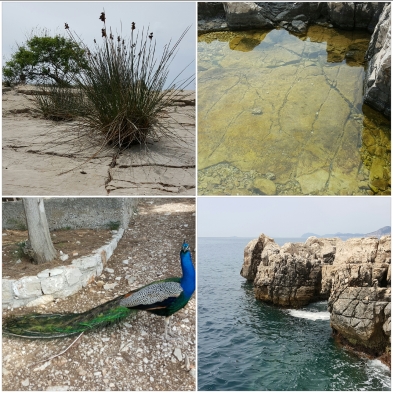
The main attraction is wandering around the island itself. That, or paying too much for food and drinks at one of the cafes. We spent our four hours exploring trails and crumbling buildings. The highlight turned out to checking out tide pools where jagged sections of limestone vanish into the sea. The cracks in the rock wear down much faster than the surrounding stone and make interesting (and photogenic) pools and channels for sea creatures to hide in. Fish and small crabs were the most lively occupants. I was hoping for starfish, but didn’t manage to find any.
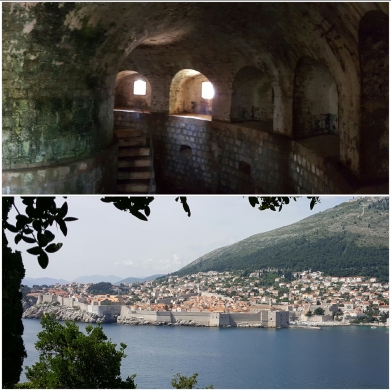
Much of the monastery was off-limits for restoration, but a small museum in its wings remained open. It houses a replica of the Iron Throne. We took all the requisite pictures of ourselves seated in it trying to look kingly and evil.
Fort Royal, built by Napoleon’s troops, is now surrounded by trees blocking some of the view. Still, from the top of the tower we could see most Dubrovnik’s walls and miles of mountains sloping down to the Croatian coast.
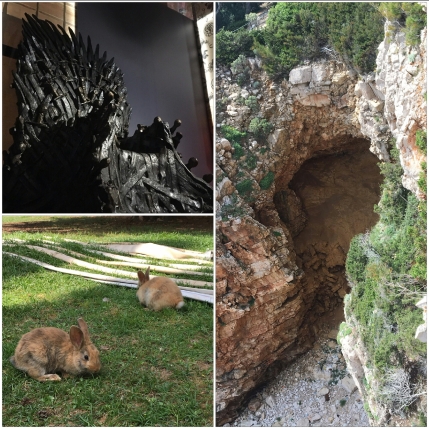
The most crowded spots were the cafes near the port and the fortress. Walking a few minutes down any forest trail let us escape from other tourists. The quiet of the island was a welcome relief after the cramped feeling of the Old Town, even though we could hear jet skis and some especially loud motorcycles on the mainland highway. Parts of the island were full of pine trees, and it almost felt like hiking in eastern Washington and smelled a little like Christmas.
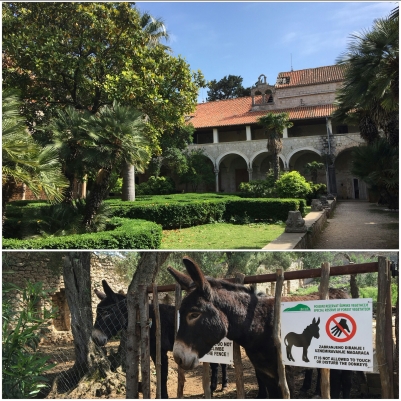
Unlike the mainland, there seem to be no cats on the island, but bunnies and peacocks were released at some point and have taken over the lawns by the restaurants. While the rabbits are cute, the peacocks scream too loudly and too much. Fortunately, they do not like the brushy parts of the island and it’s easy to avoid them. Fire hoses were also strangely common. Fire danger on the island was very high (despite rain in the forecast) and there is no underground water system, so this is the best way to respond quickly to any flames.
